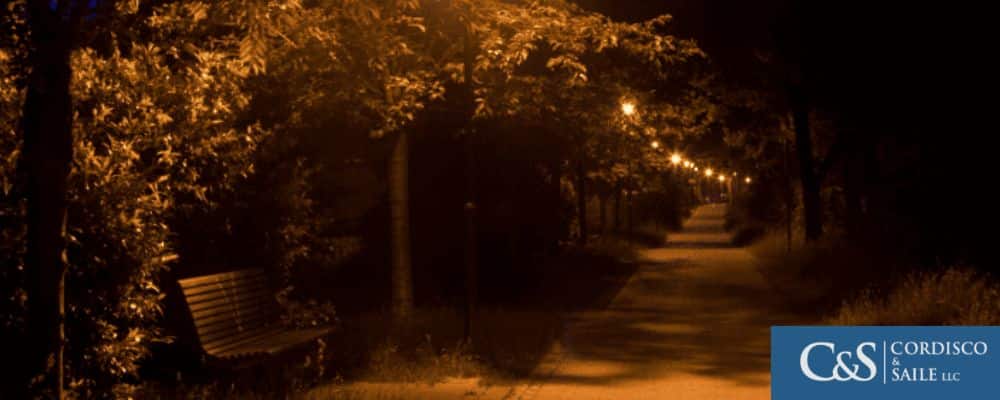Dos and Don't for Walking at Night

Walking is a popular form of exercise and stress relief. Many people enjoy walking because it allows them to get some time outside while also logging those exercise hours each week.
However, many people work during most of the daylight hours and may not have time to walk until after dark. While walking at any time of day offers positive cardiovascular and psychological benefits, it is important for nighttime walkers to understand the added risks to being out after dark.
As with any other outdoor or exercise activity, there are some basic dos and don’ts that will help keep walkers safe during their jaunts through the outdoors. A little planning and proactive behavior can go a long way in the prevention of certain risks associated with walking at night.
Dos and Don’ts for the Nighttime Walker
The following list of simple safety dos and don’ts is intended to alert individuals walking at night to potential dangers and provide tips for staying safe.
- Do: Walk in well-lit areas. Try to stick to parts of your neighborhood or other locations that offer lighting and limit dark areas. Walking in heavily wooded or abandoned, empty streets where there is little light can be dangerous.
- Do: Walk on sidewalks or pathways. You will be safest if you stick to pedestrian pathways or sidewalks when walking at night. Always make sure you are highly visible and alert while walking.
- Do: Walk against traffic if you’re in the street. If possible, walk on the sidewalk. But if there’s no sidewalk available, walk against traffic. It is much more difficult for drivers to see you at night. By walking against traffic, you can see what is coming in advance and allow yourself time to react to danger, and you also place yourself in the driver’s headlights so they can see you better.
- Do: Remain alert. This is important at all times of day, but especially at night. If you feel like something isn’t right or are uncomfortable walking through a particular area, don’t doubt yourself. Watch for cars, animals and other people.
- Do: Carry a whistle, pepper spray or other protective (legal) item that will allow you to defend yourself against an attack. A whistle may help to alert others to your situation if you are injured or being followed. Pepper spray may allow you to temporarily stop an attacker while you run away to get help.
- Do: Carry a flashlight. This is a simple recommendation. Having a flashlight helps you see your surroundings when walking at night and to allows others to see you.
- Don’t: Forget your cell phone. In the age of constant connectivity, there is little reason to be on the road at night without a means of communication. A cell phone can be tucked into your pocket and used if you are injured, lost or need a ride.
- Don’t: Wear dark clothing. If you have reflective gear, wear it. Athletic stores offer sashes, clothing lines or badges that have reflective material on them so you can be more easily seen. If you don’t have reflective gear, wear bright clothing such as neons or whites.
- Don’t: Be predictable. Vary your route and your schedule. While the risk might be low in your neighborhood, it is still a precautionary measure to mix up your times for walking and to take different routes.
- Don’t: Turn down an offer to walk with a friend. Walking at night alone can be relaxing and allows for quiet reflection. However, once the sun goes down it is always safer to walk with a friend or a group.
Know Your Legal Options if You’re in a Pedestrian Accident
While the safety tips listed above may help you avoid hazards on the road at night, accidents do happen. If you’ve been involved in a pedestrian accident and need legal representation for your case, Cordisco & Saile LLC can help. Call us today at 215-642-2335 or contact us online.







